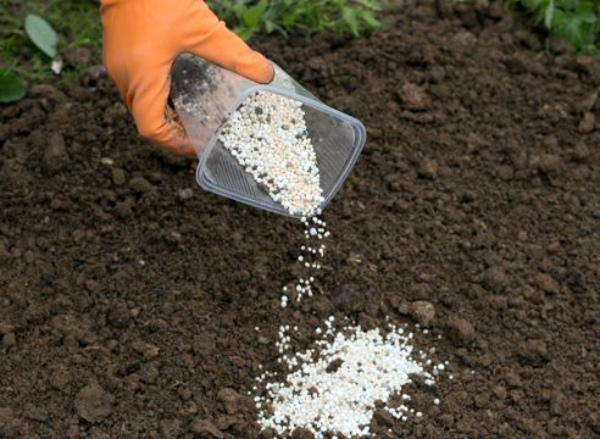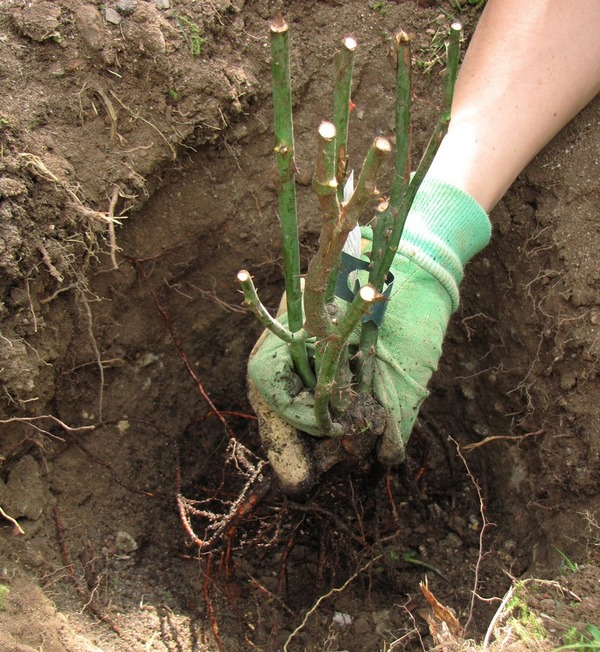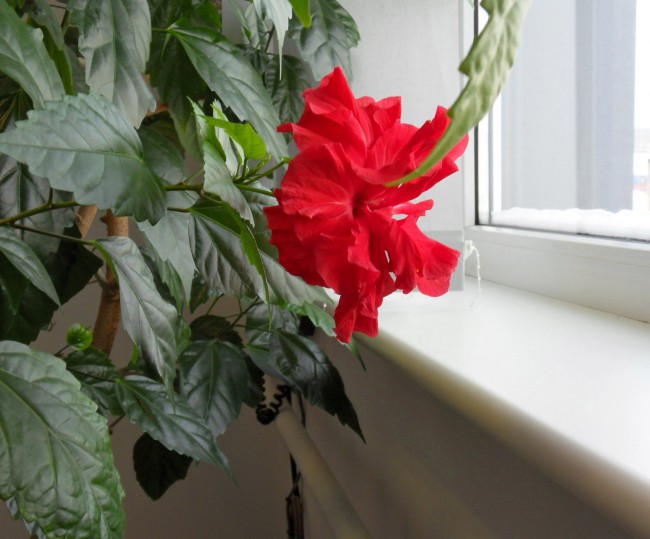Tea rose - fragrant beauty in the garden and at home
Content
Origin story
The first tea rose that came to Europe from China was yellow. It happened at the beginning of the 19th century, and pink roses came later from the East Indies. Breeders crossed these two types of gentle southern plants with French roses - this is how the modern variety of varieties and types of hybrid tea roses began.
The scent of Chinese roses is said to resemble the scent of fresh tea leaves, hence the name. Roses were brought along with tea on ships that were called "tea clippers", perhaps that is why such a name stuck. Or maybe because the half-open flower has the shape of a Chinese tea bowl. One way or another, but the petals of this particular species from the entire numerous family can be added to tea, other roses are not considered edible. Since childhood, we have known the taste of an unusually fragrant liquid pink jam with thin, slightly rubbery petals, which we added to ice cream or tea, poured pancakes and pancakes on them.
Traditional medicine recommends collecting petals from half-open flowers at dawn, when their aroma is strongest, dry or boil. Teas, infusions and decoctions are prepared from them, which can improve the functioning of the nervous and digestive systems, cleanse the body of toxins, improve the formula for shelter, and strengthen immunity.
Petals are used not only by chefs, cosmetologists prepare special preparations for skin and hair care from them. Rose water, used for baths or washing, contributes to the preservation of youth, gives a wonderful aroma, is an aphrodisiac. Rose petals contain not only vitamins C, D, E, PP, but also important elements (calcium, iron), resins, tannins, acids, essential oils. The British believe that the tea rose should grow where tea is drunk, so that you can enjoy its appearance and improve your health by inhaling its aroma.
Video "Description"
From the video you will learn a lot of interesting things about this type of roses.
Botanical description
A tea rose bush can be quite compact or spreading and lush, from 50 cm high and above, and from one to two meters wide. There are climbing roses with shoots over 2 meters long. The stems of roses of this species are thin, but strong, they proudly bear not only single double flowers with about 60 petals, but whole inflorescences, which can consist of 6 buds. The diameter of a fully blossoming flower reaches 10 - 12 cm. The buds are round, like peonies, or elongated with elongated pointed petals. Flowers of pink shades are considered classic; yellow stamens are visible inside a fully blossoming flower.
Dark green dense leathery leaves have a correctly oval shape and even denticles along the edge, they look very decorative, even if there are no flowers on the bush, it still looks beautiful from all sides thanks to graceful twigs and leaves located in different planes.The fruits are similar to wild rose, by autumn they acquire a red or orange color, and decorate the bush in their own way.
Along the roads and on forest edges, the wild tea rose can still be found in China, Vietnam, Thailand, Myanmar. There are only 4 varieties of it, which tend to disappear. This southern sissy is afraid of cold weather, the weather conditions of Europe, like a century and a half ago, do not suit her. It took many years, and the perseverance of breeders in love with her, for acclimatization to occur, species and varieties that can be cultivated even in the conditions of our harsh winters appeared.
Features of the modern hybrid tea rose
Modern hybrid tea roses are striking in their variety - it's hard to believe that everything started with the classic pink and yellow flowers. Today you can choose different shades of red, pink, yellow, white, blue, green, there are black and brown roses, there are wonderful varieties with a double color or those that change their color as they unfold. The size of luxurious double and semi-double flowers varies from 6 to 18 cm, their petals have different shapes. The growth of the bushes and the length of the shoots are from 30 cm to 2.5 m. Bush, climbing and standard varieties are cultivated.
Breeders have tried to develop varieties that are resistant to diseases, that are not afraid of pests, and can tolerate slight frosts. Hybrid tea roses are considered thermophilic, but they have learned to grow them in the middle lane, there are specialists who grow them even in the Arctic Circle in the open field, which, of course, requires some effort. By crossing the classic tea rose with remontant varieties, the breeders gave us the opportunity to enjoy the beauty of their flowering all summer long.
Agrotechnics
At least one of the many varieties of this fragrant beauty can be found in almost every summer cottage. To make her happy with her healthy appearance, they create comfortable conditions for her, bringing the soil to the desired state, loosen and mulch the ground, water, feed, cut, protect from pests and save from diseases, cover for the winter.
A tea rose prefers a lot of sunlight, but does not like overheating of the soil, petals and even leaves can lose color, fall off if the heat lasts too long.
If stagnation of water forms at the level of the roots, then there will be a danger of their decay, and the lack of moisture will cause the rose to bloom less, the flowers will become small. Therefore, flower growers plant it in an open place, but protect it from the north wind, water it regularly, but no more than its deeply located root system requires. When the air temperature rises above +25 degrees, the rose is shaded, watered to cool it, and the earth around is mulched, protecting it from overheating.
The rose responds well to liquid fertilizing, which is carried out only after watering. In the spring and at the beginning of summer, the rose gratefully accepts nitrogen fertilizing, which helps it grow intensively, and closer to autumn, preference is given to potassium-phosphorus, which will help gain strength for wintering. In order for the plant to prepare for winter, feeding is stopped by the beginning of autumn, several fruits are allowed to ripen - this way it is easier for it to go to the dormant period.
For the winter, roses are spud, covered with spruce branches and dry leaves, a frame is erected over them, and covered with lutrasil on top. This shelter is good because you can ventilate the plant if necessary. The shoots are bent to the ground, but they should not lie on it; spruce branches, boards or other waterproof material are placed under them. Moisture under cover can kill the plant.
In autumn and spring, pruning is carried out, forming or rejuvenating a bush, sanitary pruning is carried out throughout the season. Many varieties have wild growth, which must be harvested in time so that the graceful rose does not turn into a wild rosehip.
Observing the basic agrotechnical rules, you can enjoy the long lush flowering of healthy rose bushes all season, and for many years in a row.
Garden option
For planting seedlings, the soil is prepared in advance in a bright place chosen for the rose. The earth is dug to the depth of a shovel bayonet, while humus, compost, superphosphate and potassium salt are added. If the soil is acidic, then add lime, dolomite flour, or at least wood ash. Then watered and left to stand until planting. If the earth is heavy, then during digging, sand and peat are brought in, if it is too sandy, then dry clay is brought in. For spring planting, the site is prepared in autumn, and for autumn planting - in summer or even spring.
In the spring, planting is carried out when the ground has warmed up enough, and in the fall - a few weeks before frost. The root grows deeply, so the rose does not like transplanting, so the place must be chosen carefully so that you do not have to change it later. It is recommended to soak the roots before planting, you can even dip them in a clay-dung mash so that the fertilizers added to the planting pit do not burn them. The root collar should be 2 - 3 cm below ground level.
A young seedling is watered every week, an adult bush - once every two weeks. The land around the bush must be loosened and mulched, weeds must be removed. The rose responds well to feeding with a solution of slurry or bird droppings. For the prevention of fungal diseases, you need to ensure that the bush is well ventilated, and does not become too thick, if necessary, it is sprayed with a decoction (or infusion) of St. John's wort, nettle, horsetail, powdered with crushed wood ash, which helps protect against pests.
With the arrival of frost, roses are sure to spud, cover, erecting a whole "house" above them.
Room option
There are medium-sized types of roses that can be grown at home. They are arranged on a window, preferably in the east, so that there is enough light, but not too hot. In the summer, you can take the pot out to the balcony, but the air temperature should not exceed +25 degrees, and you will have to shade the bush from direct sunlight.
At home, the rose is watered more often than on the street, they usually do it weekly, the earthen lump should not dry out, but water stagnation should also not be allowed. Top dressing must be carried out regularly, since the pot significantly limits not only the volume of the earth, but also the amount of nutrients.
They are satisfied with a dormant period that is not as long as their brothers in the open field have to experience, they simply reduce watering, they are transferred to a room with a temperature of about +5 degrees. The plant may not even shed its leaves, and then return it to a bright and warm place, cut it off, resume regular watering and feeding, stimulating the rose to grow and bloom.
The rosette can bloom even in winter, if you provide it with a long daylight hours, supplementing it with fluorescent lamps. At home, especially in winter when heating, the air becomes too dry so that the spider mite does not disturb the bush, you need to put the pot in a tray with damp pebbles or put water nearby for evaporation. In the apartment, you can also create conditions for a long lush flowering and comfortable life of a fragrant beauty.
Landing video
From the video you will learn how to plant these flowers correctly.



